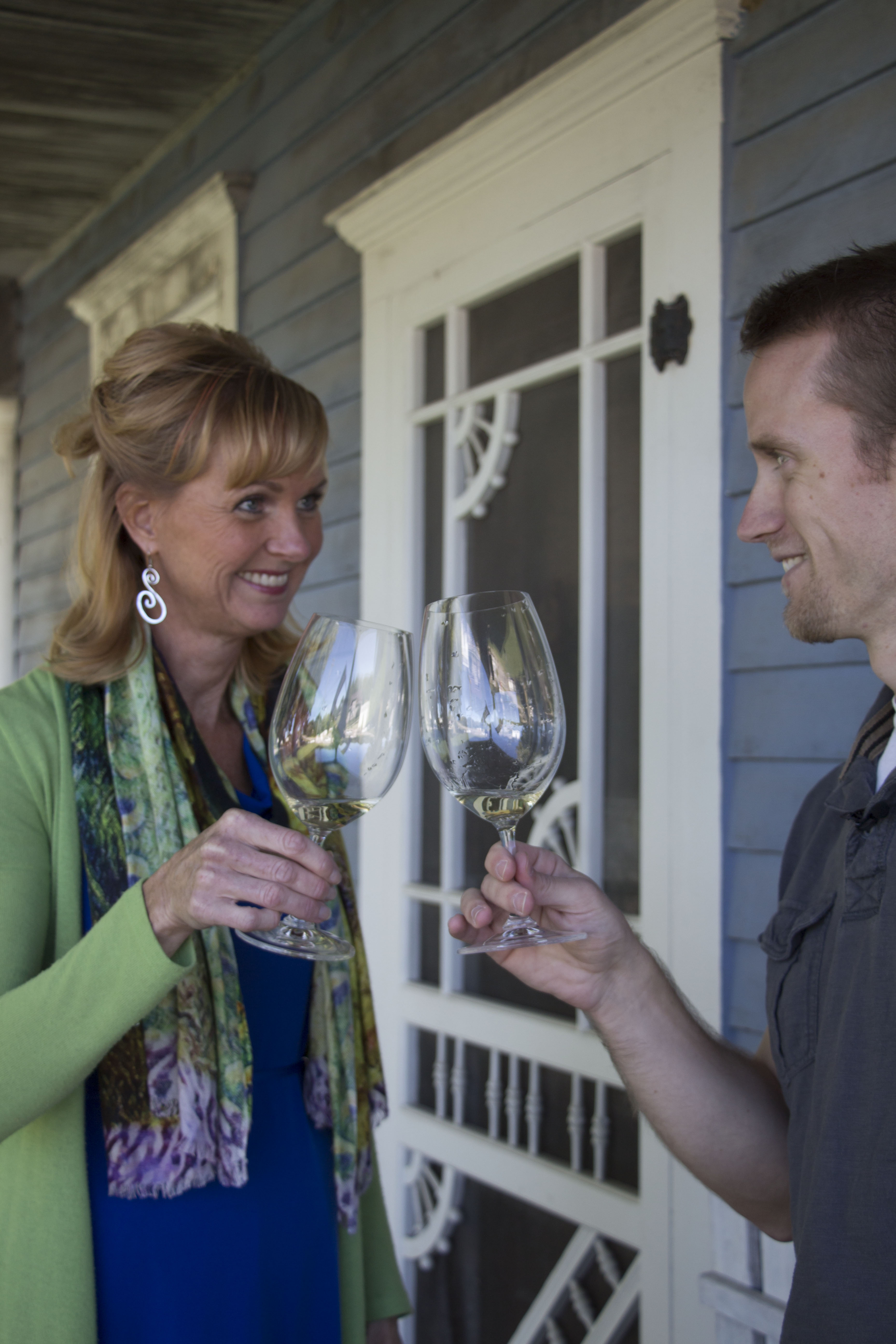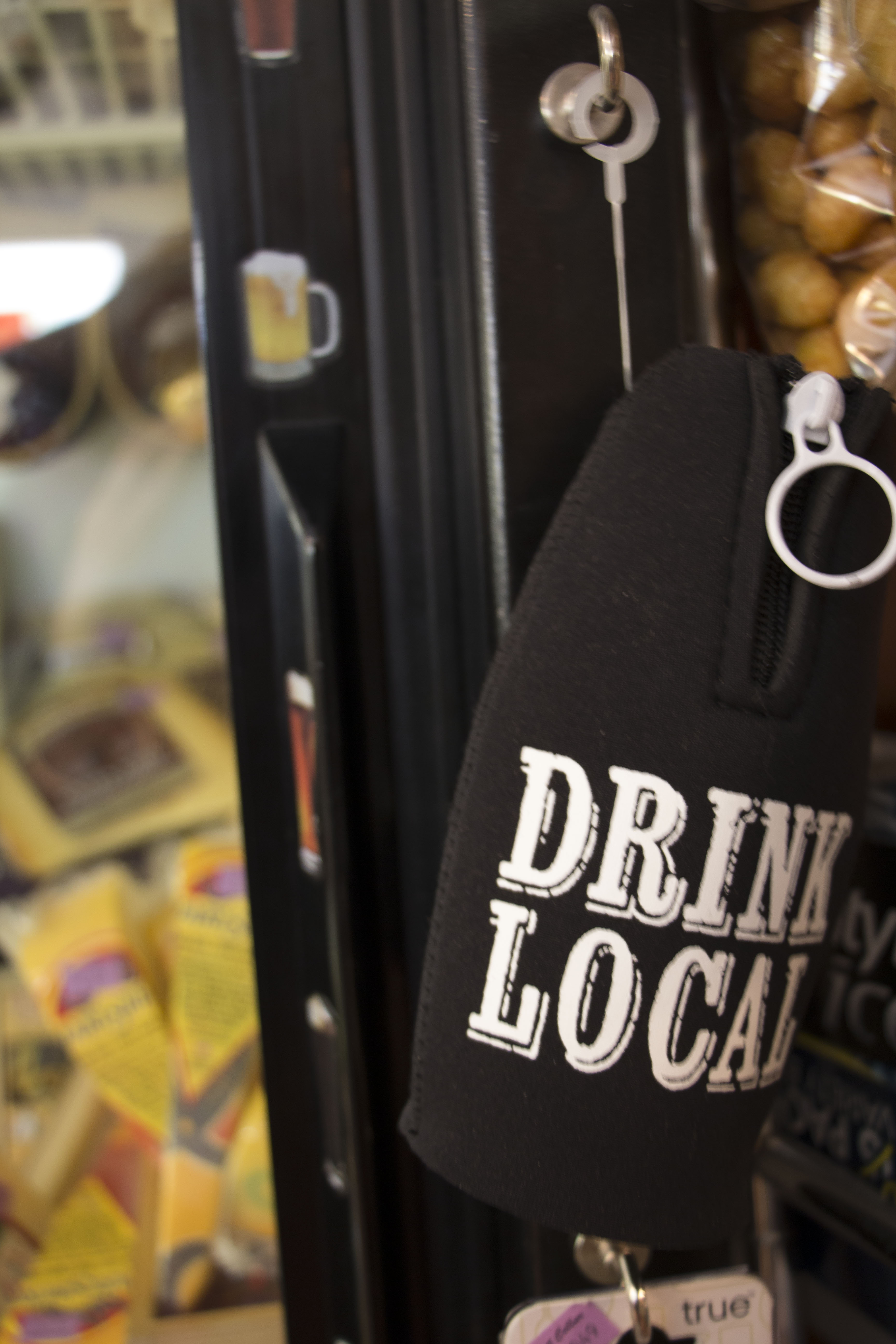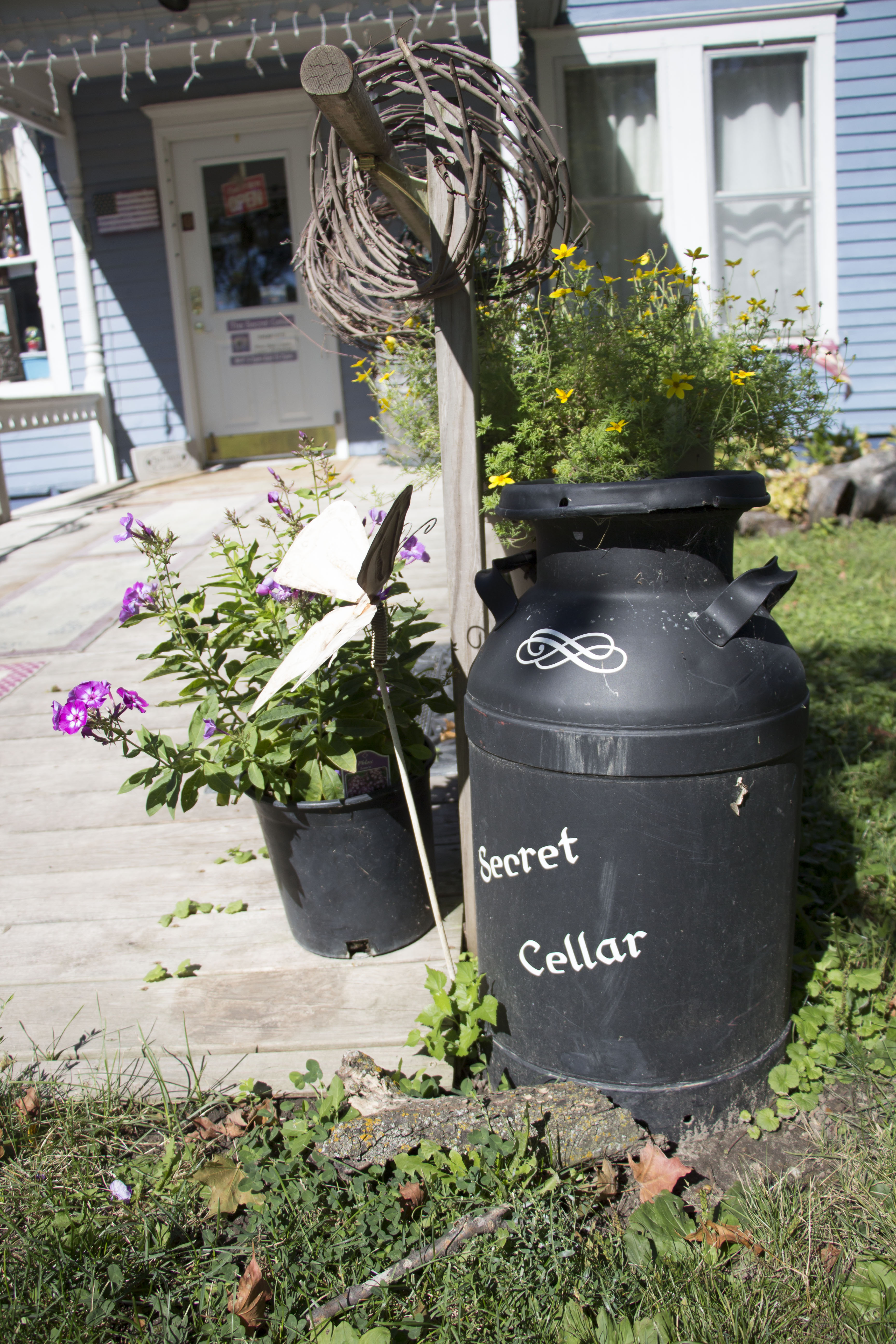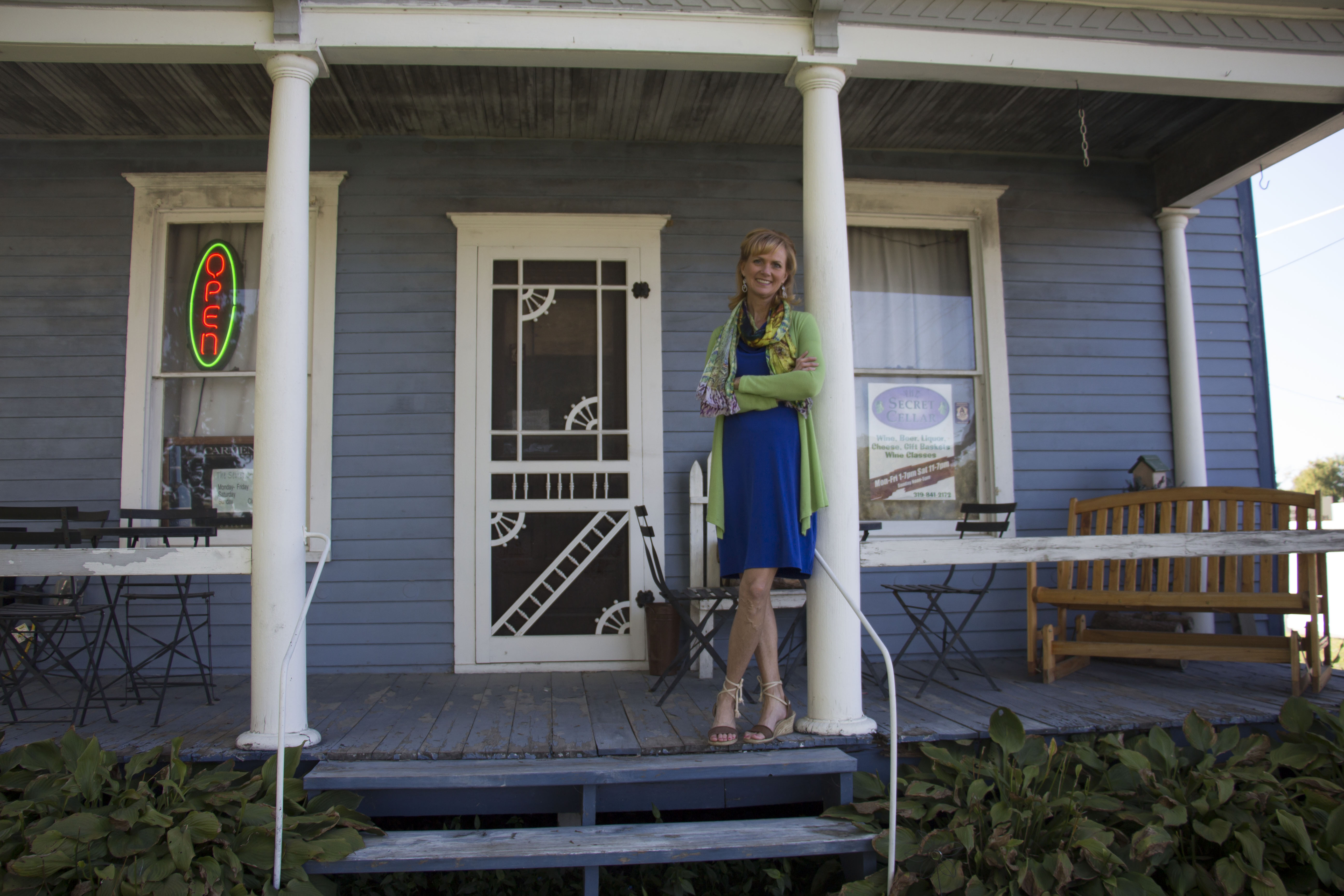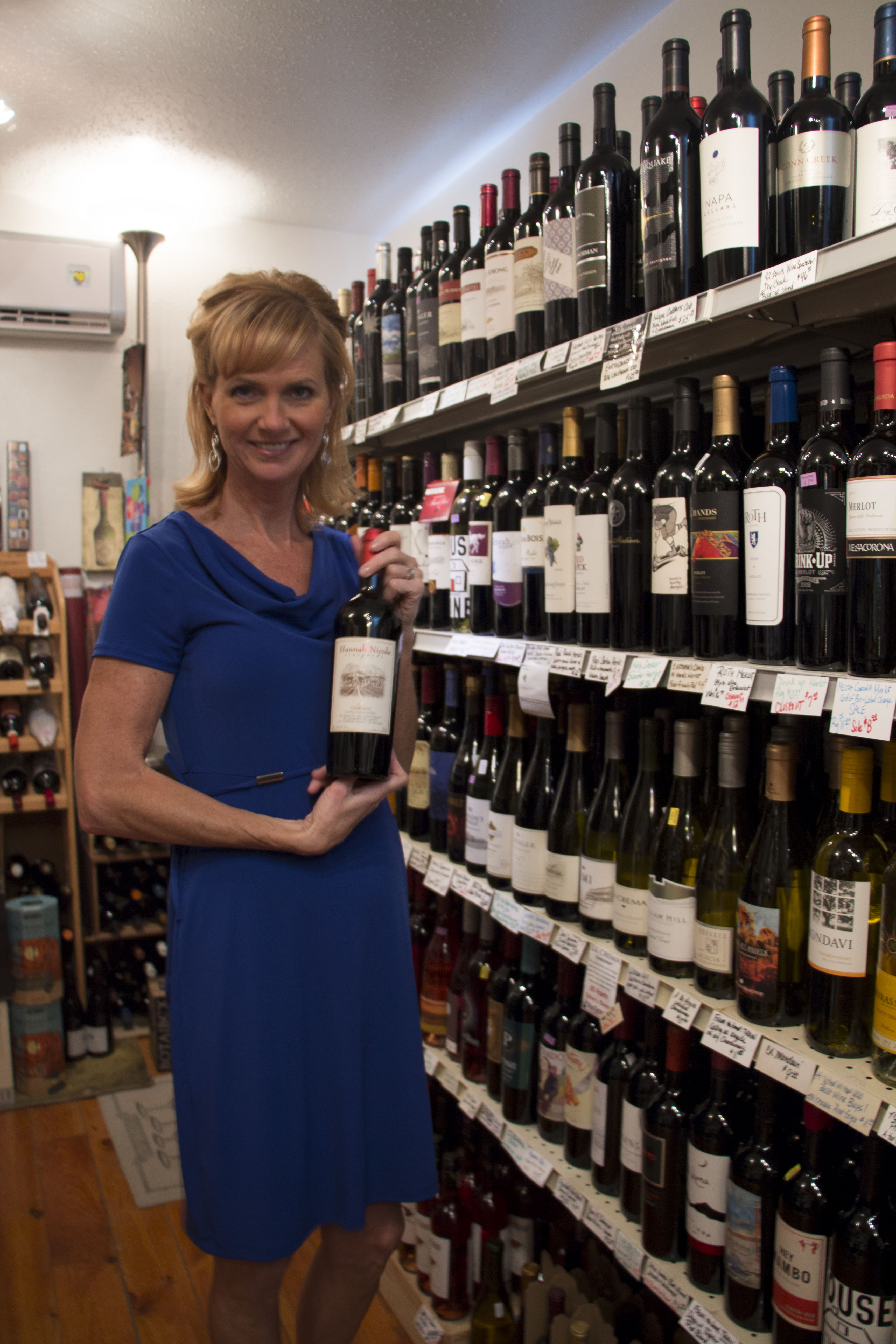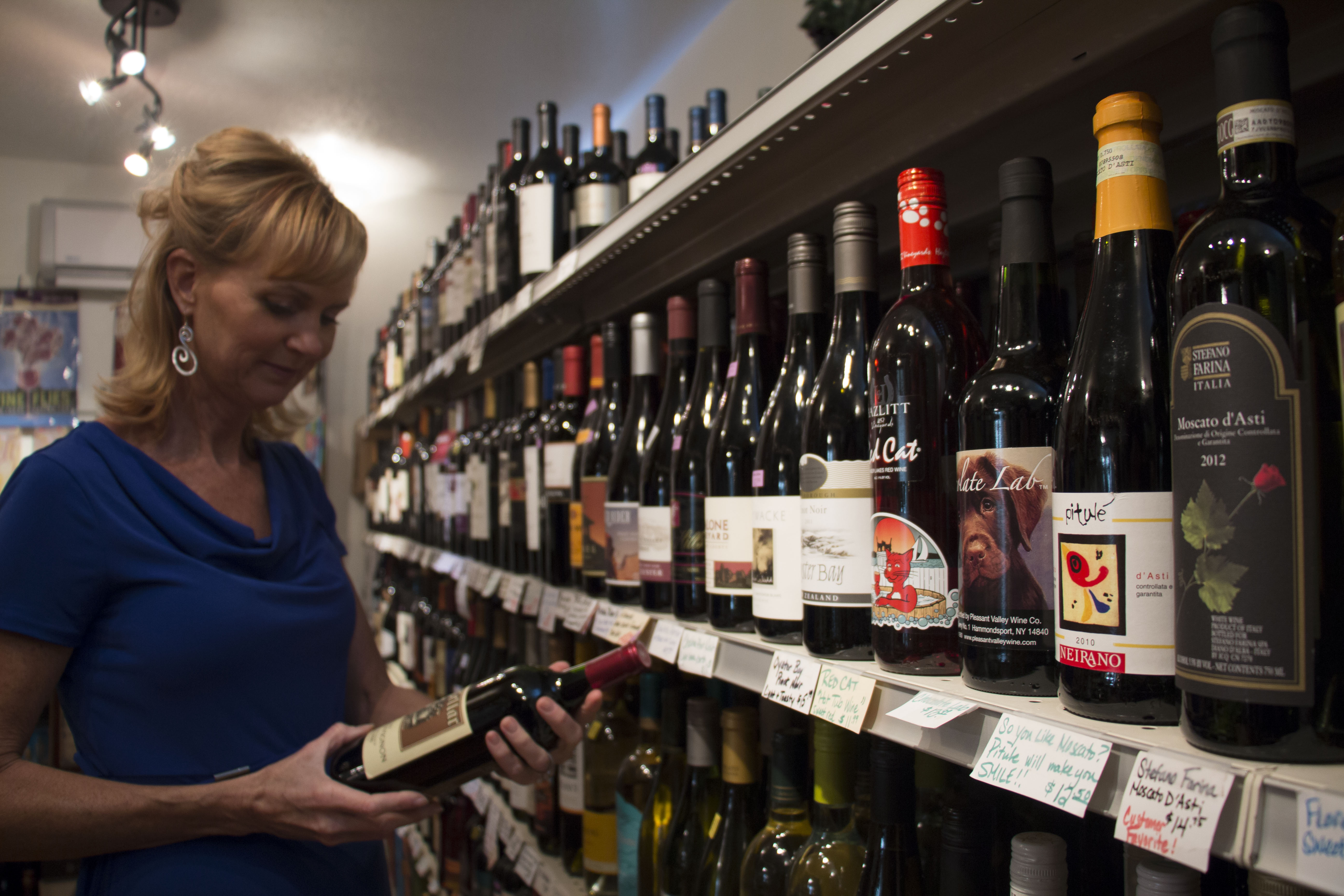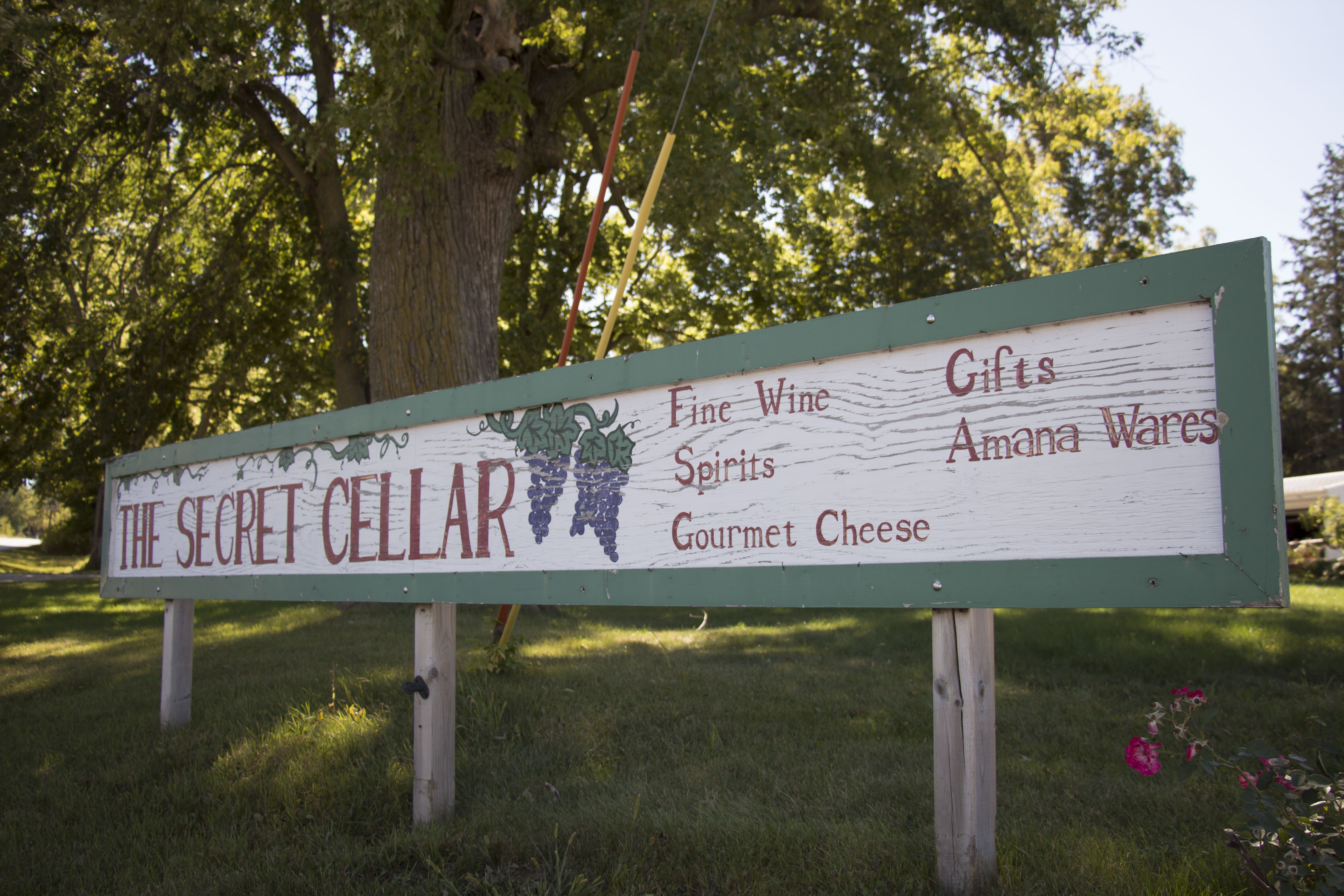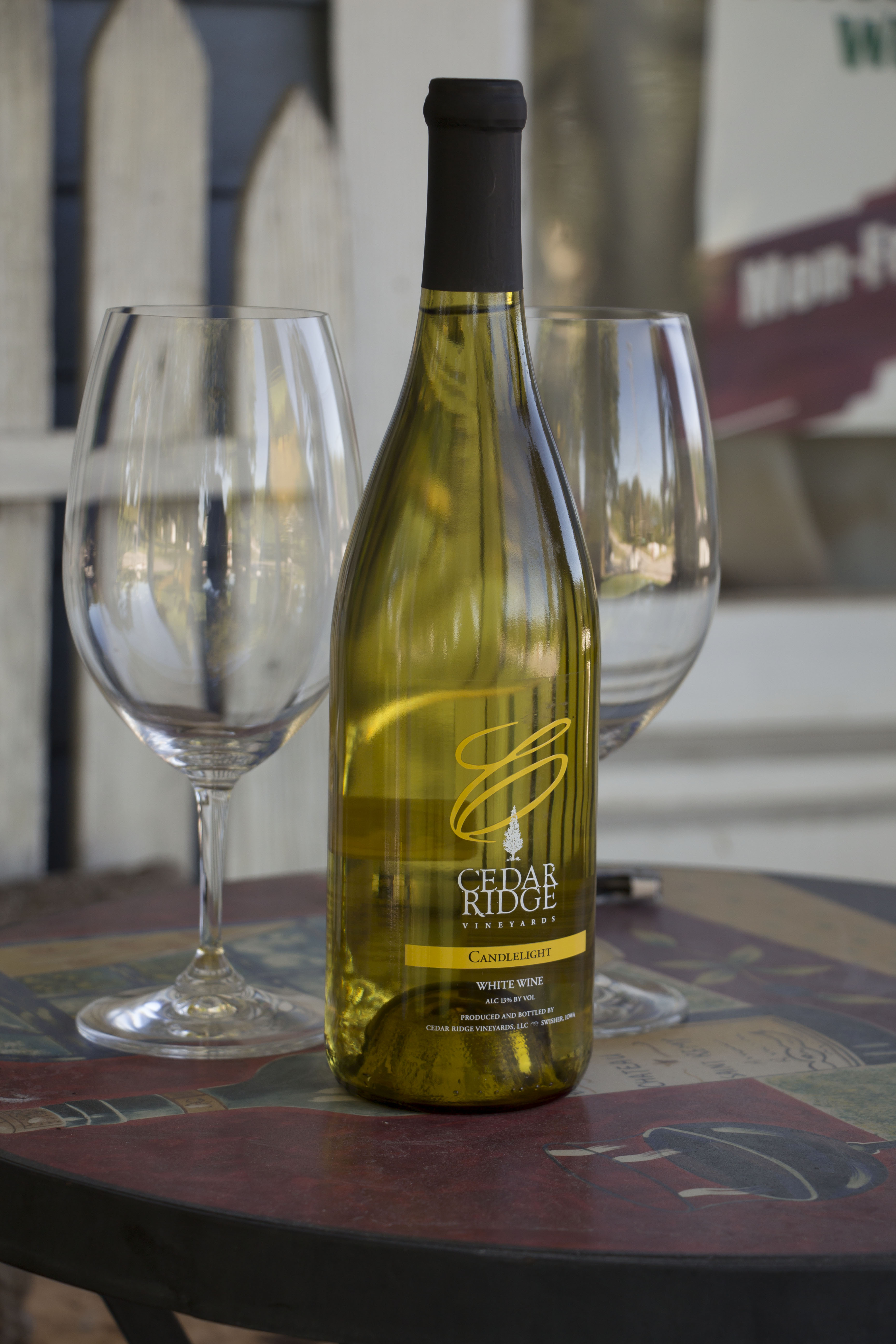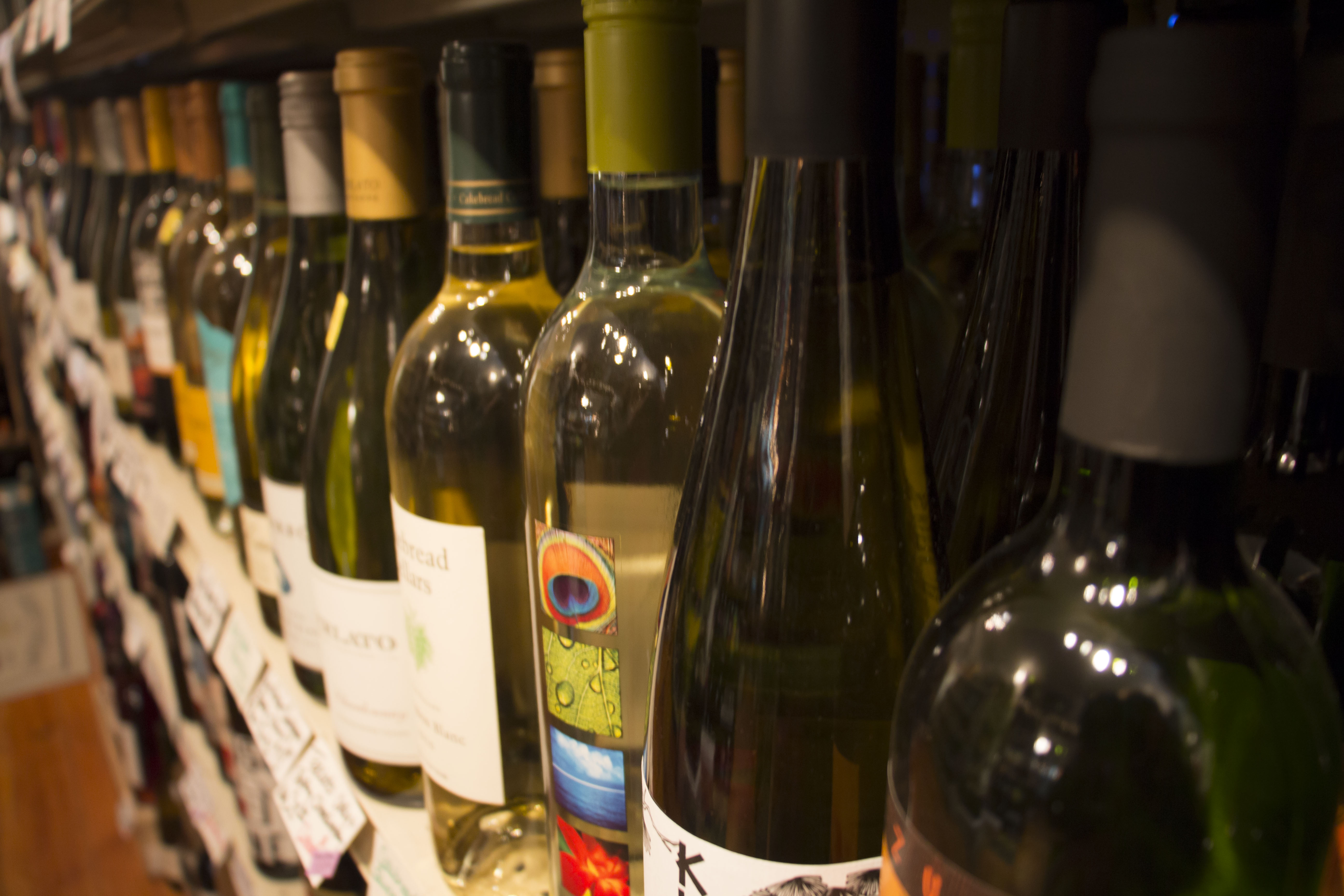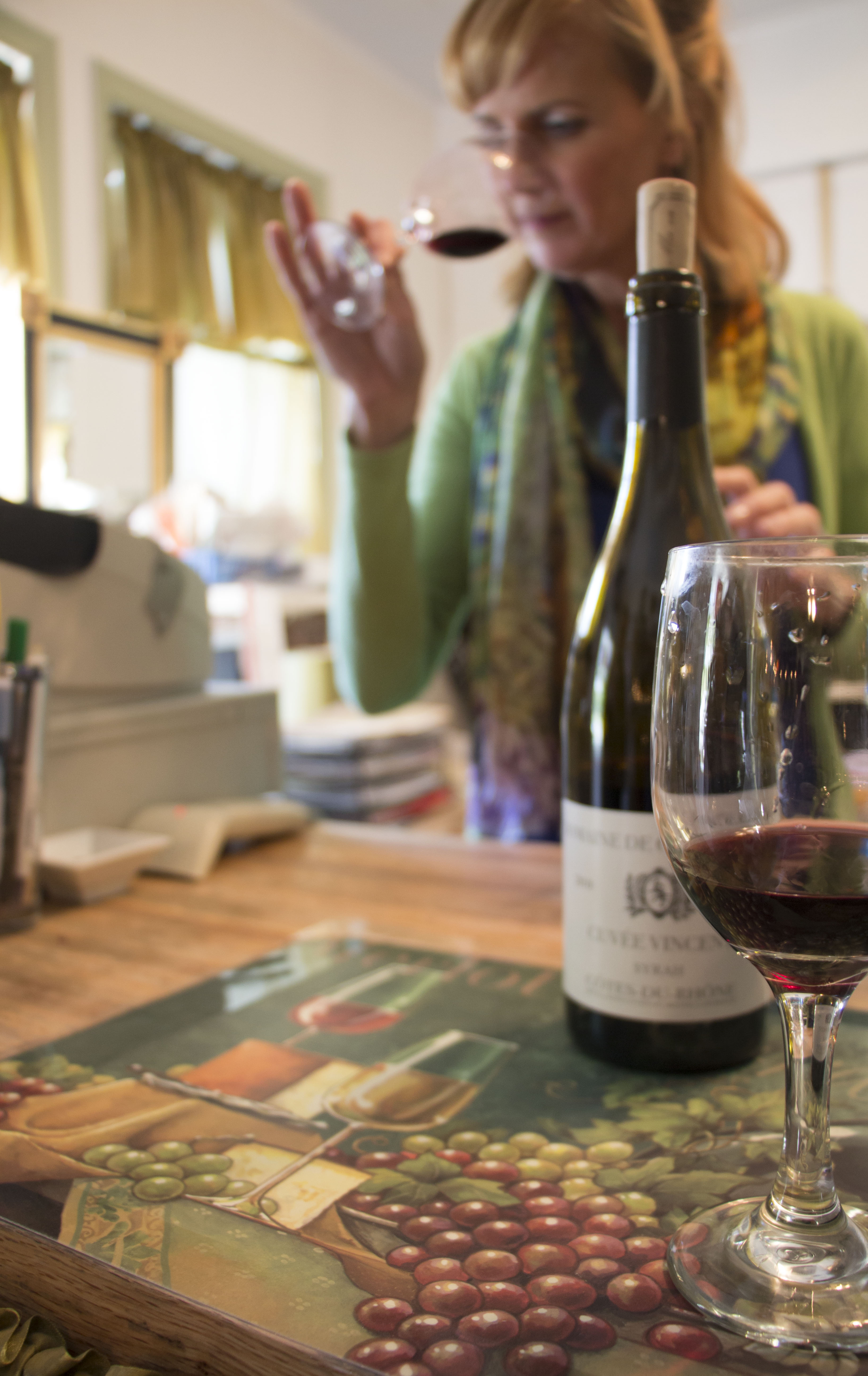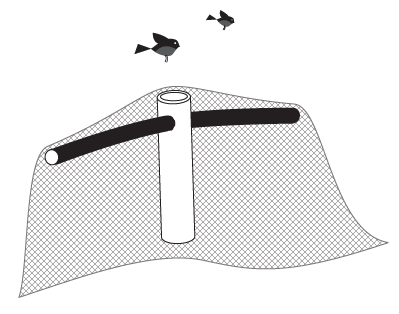It’s been a bit of a whirlwind month for us here at Iowa Decanted. We’ve had some great feedback, met some amazing people, and had our fair share of surprises.
Among the many surprises is the reach we’ve had on social media alone. It was certainly a shock to see our Facebook page had garnered views from well over a thousand people. That certainly exceeded our expectations. Considering we had only put out one issue, you can imagine how astounded I was at hearing that news.
Iowa Decanted was established with the goal of connecting enthusiasts from around the state not only with invaluable resources and information, but also with one another. We also hope to strengthen and support the Iowa wine industry by providing a platform of communication between producers and consumers, in a friendly environment of candor and transparency.
Our site will be in a state of constant evolution as we adapt and respond to the interests and needs of our readers. I would encourage you to become involved; let us know what we’re doing right, or let us know what you’ like to see. Make a comment on our site, find us on social media, or if you prefer, contact me directly at nick@iowadecanted.com.
In the coming months we’ll be implementing a number of exciting pursuits, and among them will be our ‘bottle-finding’ functionality. When we review a wine, we’ll provide you with the locations where you can find that particular bottle if you feel like trying it. It’s just one of the things we’re putting together to make your experience on our site all the better.
We’ll also be implementing our Generosity 1.0 support structure and starting up our own marketplace, where we’ll be offering item designed exclusively for us by Wild Canary Graphics & Design.
These are exciting times for all of us. I’m glad you’re along for the journey.
Cheers!
Nick Thornburg
founder, Iowa Decanted
